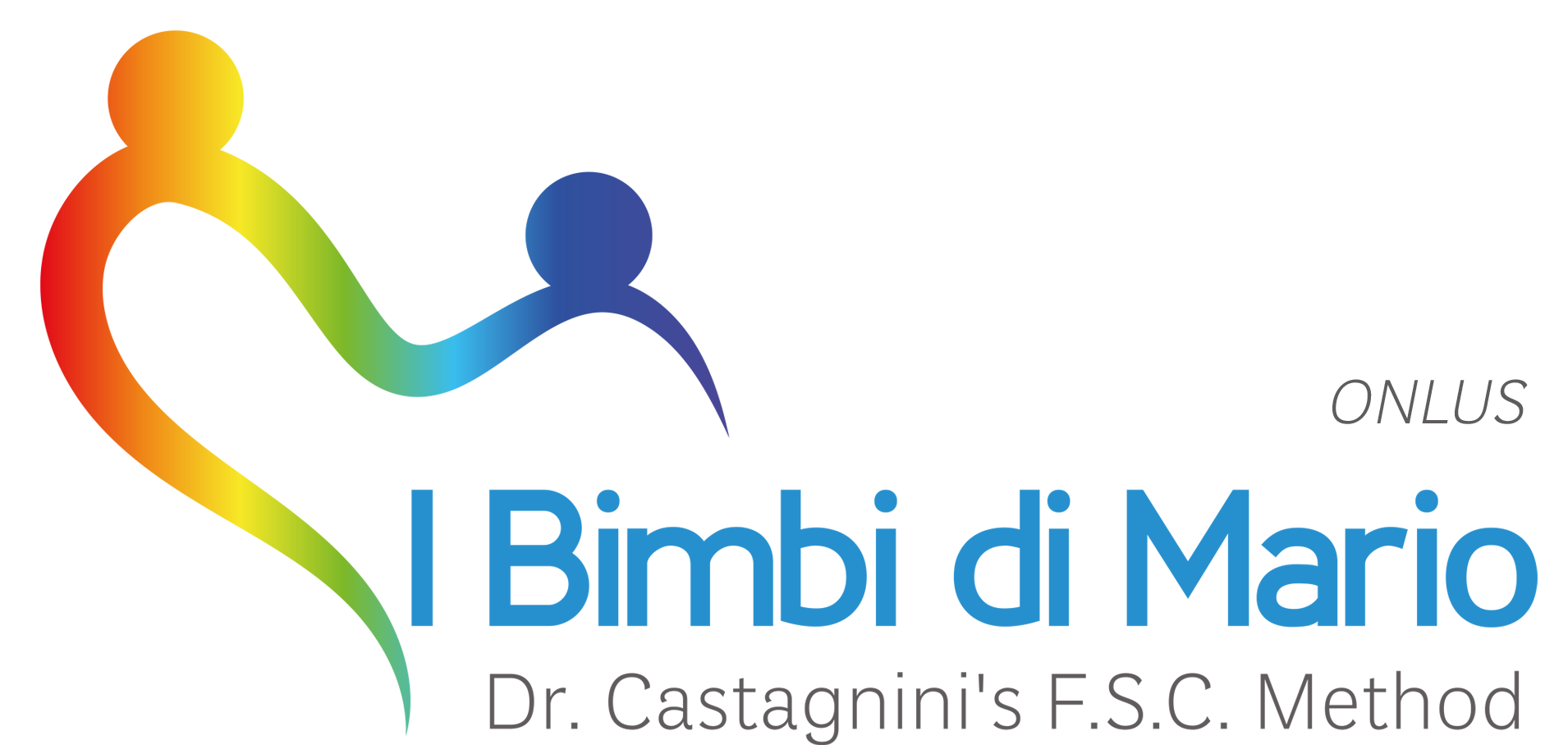FSC Method
Facilitation of Cerebro potentiality Development
What is the FSC Method?
The FSC Method – Facilitation of Brain Potential Development – is a scientifically validated program developed and codified by Dr. Mario Castagnini, a neurologist with decades of experience working with thousands of children worldwide. The method integrates and enhances techniques from various rehabilitative approaches, particularly those developed by Dr. Vojta, with significant adaptations and innovations.
The FSC Method is a neuropsychomotor therapy based on neuropsychological development principles. It leverages innate neuropsychomotor patterns, stimulating them through targeted stimuli in appropriate postures. Therapy sessions are structured at 20 minutes, four times a day, with essential involvement from family members who are trained by certified FSC specialists.
Key Characteristics
• Facilitative and preventive rehabilitation: Designed to reintroduce children to innate neuropsychomotor patterns that form part of their natural learning processes.
• Focus on development gaps: Aimed at infants with neuropsychomotor issues who cannot spontaneously perform the movement patterns typical of their age group.
• No contraindications: The therapy is also beneficial for children without specific neuropsychomotor problems, as it promotes overall harmonious development. sviluppo armonico.
Why Does the FSC Method Work?
1. Supports holistic development: Improves neuropsychomotor, mental, emotional, psychological, problem-solving, and learning skills.
2. Optimizes brain organization: Encourages the organization or reorganization of neuronal activity.
3. Intensive approach: Structured for regular, impactful intervention.
4. Creates optimal environments: Ensures the child’s surroundings are conducive to growth and improvement.
5. Parental involvement: Parents are trained to encourage healthy and appropriate behaviors in their child, amplifying therapy outcomes.
Nota: Note: The therapy requires no specialized equipment—just a suitable rubber mat.
Early Intervention: The Key to Success
• A diagnosis within the first three months of life, coupled with appropriate therapy, significantly increases the chances of resolving or normalizing neuropsychomotor issues (98%).
• Prevention is better than treatment. Early interventions can prevent permanent damage, though significant improvements are achievable at any age.
Who Can Benefit from FSC Therapy?
The FSC Method is specifically designed for children with developmental delays.
What Are Developmental Delays?
Developmental delays include a broad spectrum of neurological disorders, such as:
• Cerebral palsy
• Genetic syndromes
• Autism spectrum disorders
• Speech delays
•Behavioral problems
• Motor delays
• ADHD
High-Risk Categories for Developmental Delays
Statistics show that 95% of children with developmental delays belong to at least one high-risk category. Alarmingly, 44-64% of cases occur in premature or underweight newborns.
1. Premature birth (before 38 weeks of gestation).
2. Twin or multiple births.
3. Low birth weight (under 2500 grams).
5. Maternal diabetes.
5. Maternal preeclampsia.
6. Complicated delivery (forceps, vacuum extraction, cesarean section, breech birth, etc.).
7. Low Apgar score (<3 at 1 minute; <7 at 5 minutes).
8. Neonatal seizures.
9. Severe neonatal jaundice.
10. Neonatal hypocalcemia or hypoglycemia with neurological signs.
11. Births with dirty or slimy amniotic fluid.
12. Neonatal infections.
13. Pregnancies classified as high-risk for other reasons.
Our Call to Action
We strongly encourage parents and healthcare professionals—including obstetricians, gynecologists, pediatricians, and neonatologists—to recommend a preventive evaluation by a certified FSC therapist for any child born under one or more of the high-risk categories listed above.
With early diagnosis and intervention, permanent damage can be prevented!

